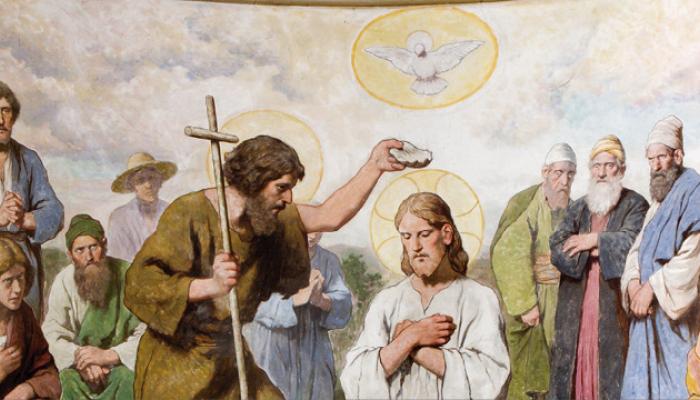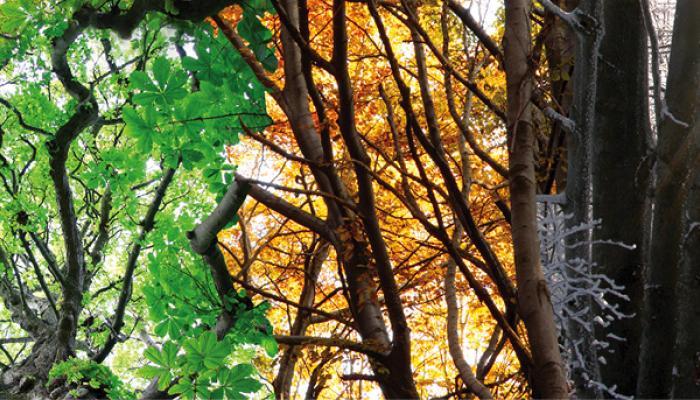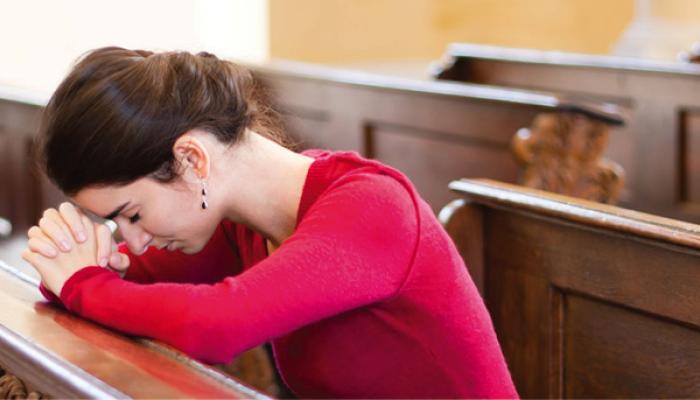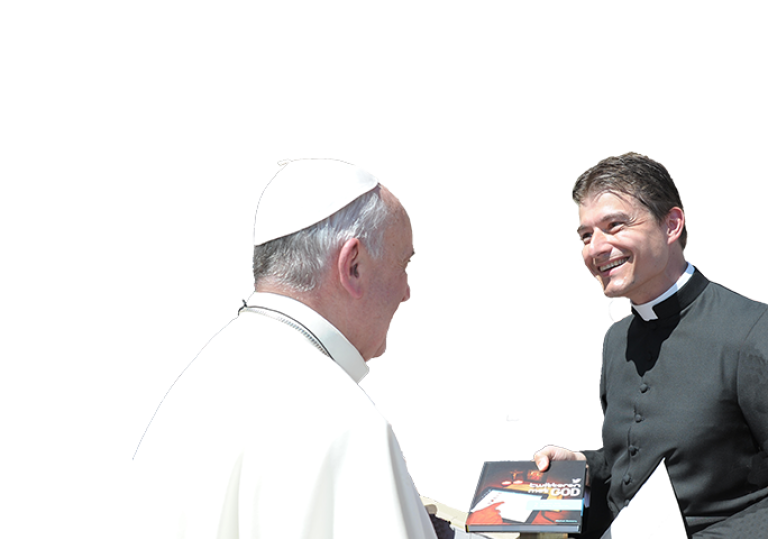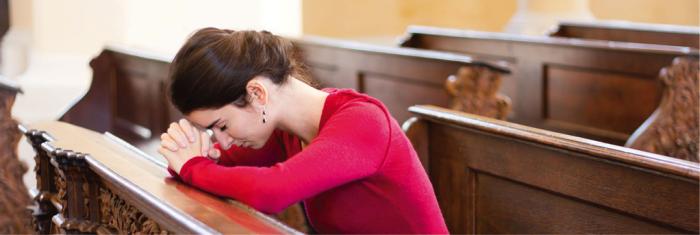
3.25 Що означають ці жести, знаки та кольори?
У Літургії ми беремо участь в активний спосіб: стоячи, вклоняючись, сидячи, стоячи на колінах... Це різні способи активної участі в Літургії. Коли ми молимося, наприклад, ми складаємо руки і не використовуємо їх ні для чого.
Є п’ять літургійних кольорів, які використовуються в одязі священика та в оздобленні вівтаря: білий, червоний, фіолетовий, чорний і зелений. Кожен колір асоціюється з конкретними літургійними урочистостями або певним періодом літургійного року.
How is the liturgy celebrated?
The celebration of the liturgy is interwoven with signs and symbols whose meaning is rooted in creation and in human culture. It is determined by the events of the Old Testament and is fully revealed in the Person and work of Christ. [CCCC 236]
From where do the sacramental signs come?
Some come from created things (light, water, fire, bread, wine, oil); others come from social life (washing, anointing, breaking of bread). Still others come from the history of salvation in the Old Covenant (the Passover rites, the sacrifices, the laying on of hands, the consecrations). These signs, some of which are normative and unchangeable, were taken up by Christ and are made the bearers of his saving and sanctifying action. [CCCC 237]
Why are there so many signs and symbols in the liturgies?
God knows that we men are not only spiritual but also bodily creatures; we need signs and symbols in order to perceive and describe spiritual or interior realities.
Whether it is red roses, a wedding ring, black clothing, graffiti, or AIDS armbands—we always express our interior realities through signs and are understood immediately. The incarnate Son of God gives us human signs in which he is living and active among us: bread and wine, the water of Baptism, the anointing with the Holy Spirit. Our response to God’s sacred signs instituted by Christ consists in signs of reverence: genuflecting, standing while listening to the Gospel, bowing, folding our hands. And as though for a wedding we decorate the place of God’s presence with the most beautiful things we have: flowers, candles, and music. In any case, signs also require words to interpret them. [Youcat 181]
Why should we petition God?
God, who knows us through and through, knows what we need. Nevertheless, God wants us to ask, to turn to him in times of need, to cry out, implore, lament, call upon him, indeed, even to struggle with him in prayer.
Certainly God does not need our petitions in order to help us. It is for our own sake that we are supposed to offer prayers of petition. Someone who does not ask and does not want to ask shuts himself up in himself. Only a person who asks opens himself and turns to the Author of all good. Someone who asks goes back home to God. Thus the prayer of petition brings man into the right relationship to God, who respects our freedom. [Youcat 486]
Адвент – це досконала пора, яка запрошує нас сподіватися на Бога, Який Прийде, то Великий Піст відновлює в нас надію на Того, Хто змусив нас перейти від смерті до життя. Обидві є порами очищення – на це також вказує спільне для них літургійне забарвлення – але особливим чином Великий піст, повністю орієнтований на таємницю Відкуплення, визначено як «шлях справжнього навернення». [Папа Бенедикт XVI, Проповідь у Попільну середу, 6 лютого 2008 р.]

